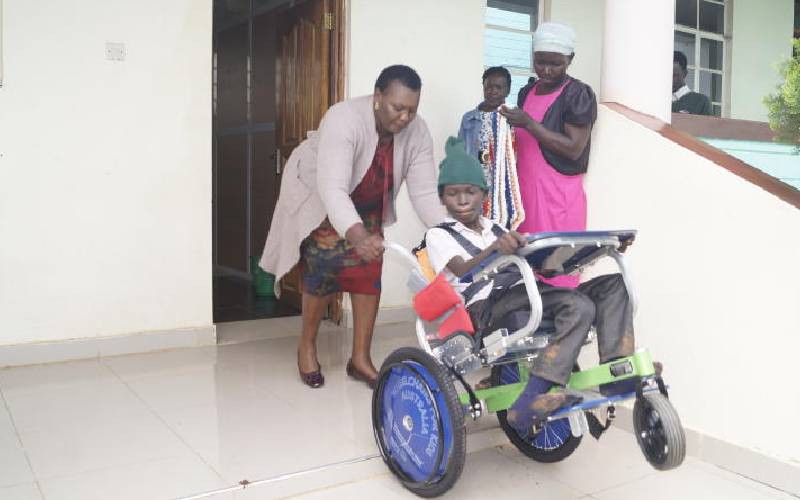Mysterious Respiratory Disease Reportedly Spreading Among Dogs Across the Country » Shelter Medicine Program » College of Veterinary Medicine » University of Florida
Submissions eligible for free testing can originate from veterinary practitioner submissions only and from cases where the practitioner suspects this new respiratory disease is involved.
Suitable samples:
The report from KSVDL identifies the organism(s) found in the sample. These may of may not be the causative organism(s) associated with this case.
If you have questions, please contact KSVDL Client Care at 866-512-5650 or
In response to continued reports of an upswing in respiratory illness impacting dogs across various US states, Trupanion invites you to join an exclusive, free live webinar featuring a panel of global veterinary authorities and thought leaders.
Your questions during our live, interactive Q&A: Engage directly with our panel of experts to ask specific questions and deepen your understanding of canine respiratory health.
Veterinarians are reporting an increased number of dogs presenting with acute respiratory infections ranging from mild and self-limiting to life-threatening pneumonia. The disease is reportedly nonresponsive to commonly prescribed antibiotics, and diagnostic testing is often negative for known canine pathogens.
It is not yet clear if this is caused by a novel emerging pathogen or one of the well-known causes of Canine Infectious Respiratory Disease Complex (CIRDC casually known as “kennel cough”). The lack of a centralized reporting system means it’s not even possible to confirm that there is a spike in CIRDC incidence or severity. The intense media coverage of a “mystery disease” may be raising awareness and discussion about CIRDC cases that would otherwise be managed as usual. It’s also possible that localized clusters are occurring due to one or more known pathogens due to some predisposing factor, such as an asymptomatically infected dog visiting a dog park, day care, dog show, or boarding kennel, etc.

Many of the cases suspected to have “atypical CIRDC” have not had diagnostic testing. Some were tested, but only after weeks of resolving cough. That’s too late to detect some of the most likely culprits, such as influenza virus, pneumovirus, and respiratory coronavirus. And many were tested with a respiratory panel at a large diagnostic lab that does not include pneumovirus, which could be causing the disease in some dogs. Researchers are also looking into the possibility of emerging or increasingly virulent pathogens.
H3N2 CIV is currently circulating along the eastern and western coasts as documented in show dogs and shelters. Although most cases of atypical CIRDC have been reported in privately owned dogs seen at veterinary clinics, the Shelter Medicine Program at the University of Florida is currently working with several shelters with highly contagious pneumovirus and/or Streptococcus equi subsp. zooepidemicus across the country. While these pathogens are familiar to shelters, many private practitioners may not have diagnosed them before. Both cause pneumonia that can progress to a life-threatening situation. Co-infections with multiple pathogens can be especially debilitating.
At this time, we recommend being especially vigilant to identify and segregate dogs with respiratory signs. Respiratory PCR panels should be submitted within 4 days of the first clinical signs, especially in dogs recently exposed to other dogs. Visits with other dog populations should be minimized, and dogs should be kept current on DHPP and CIRC vaccinations (including CIV for owned pets).
While much is unknown about reported atypical CIRDC, basic disease control and treatment protocols as described below will help keep dogs safe and provide a roadmap for diagnosis and treatment.
Prevention

- — Request to consult a UF specialist about a dog you are treating (352) 392-2235
- a shelter operations consultation
- Learn about educational programs in Shelter Medicine
- Sign up for the UF Shelter Medicine newsletter so you never miss timely updates on disease trends, educational programs, grants, and advances in animal sheltering











